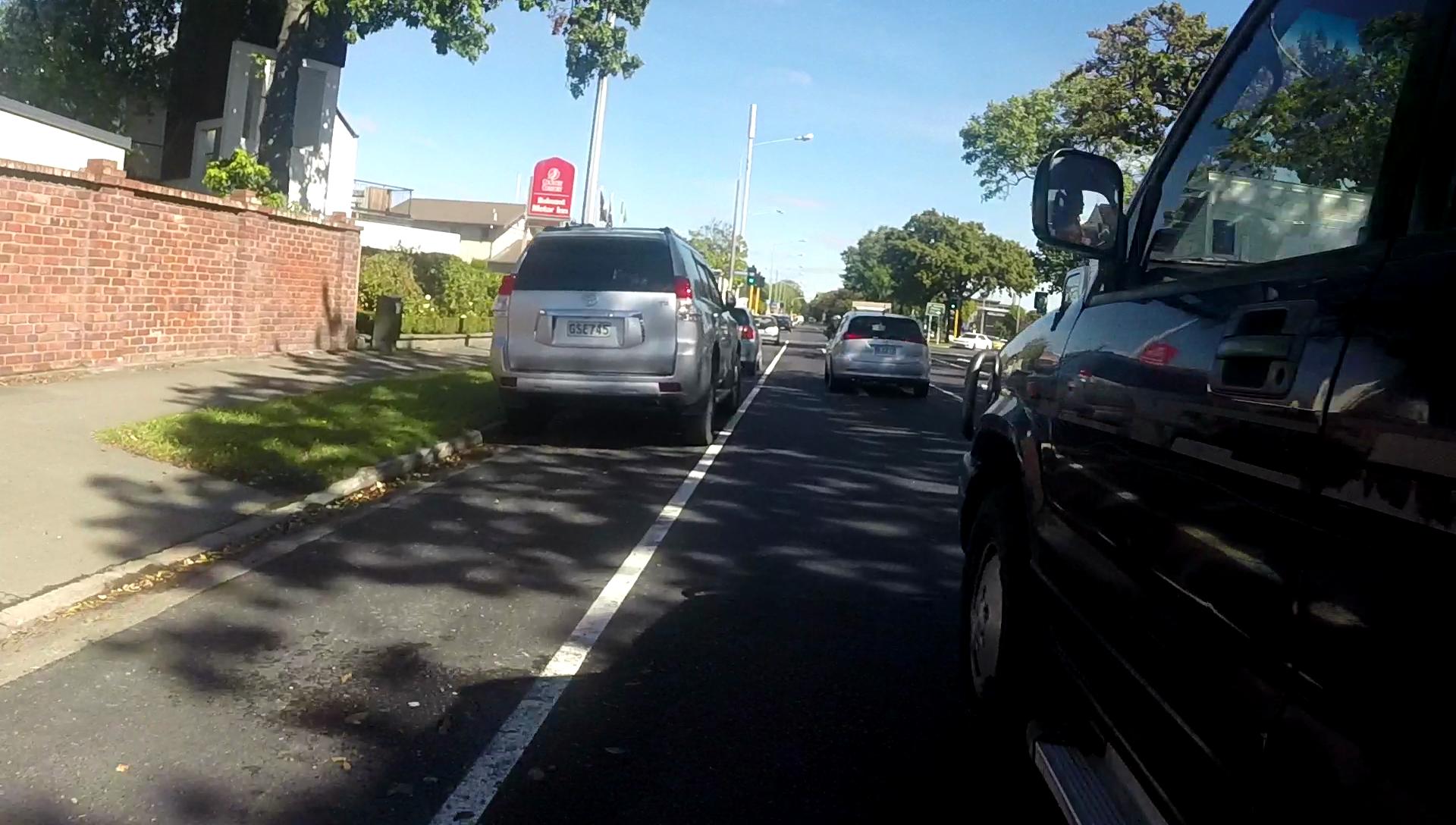I'm new here, and also pretty new to cycling as my main form of travel. Note that I'm from the UK, so we drive on the left. I always ride on the lane closest to the kerb. On one of my journeys I have to go over a dual carriageway, and I noticed that quite a lot of cars overtake me too close for my comfort (like if I deviated a bit to the right, they would hit me). I also noticed that it gets worse if I'm closer to the edge of the road. Because cars try to overtake me in the same lane, rather than waiting for the lane to the right of them to be empty so that they can overtake properly. If instead I am far enough into the lane that there isn't enough room for their car to overtake me on that lane, then these 'close overtakes' occur less frequently.
I don't want to be inconsiderate to drivers by hogging the road and preventing them from overtaking me, but I also don't want to jeopardise my safety by incentivising dangerous overtaking. Is there a guideline on this?

